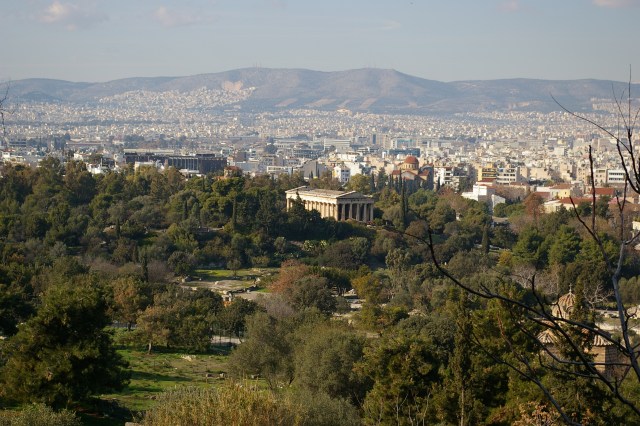The location where the Rhine and Moselle Rivers merge is known as the German Corner. It is also the location of the town of Koblenz, which is over two thousand years old with beautiful scenery, vineyards, churches, and castles. Across the Rhine River from the German Corner is Ehrenbreitstein, which is the second-largest preserved fortress in Europe. A cable car will take you from the town of Koblenz over the river to the top of the hill where the fortress resides. It is also a great place to get incredible views of the German Corner and the boats traversing the Rhine and Moselle Rivers.



The site was first named by Knights of the Teutonic Order and declared is considered a historic landmark. In 1891, Kaiser Wilhelm II dedicated a statue to his grandfather, Wilhelm I at the site. Although it was destroyed during World War II, a replica of the statue was erected in 1993 and dominates the park area. Seeing it from the hill across the river gives you some perspective on the size of the statue.



Many people come through the area on river boat cruises, but we took a train from Frankfurt to Koblenz and since it was autumn, the leaves were vibrant and colorful. Although there are plenty of reasons to visit Koblenz, including the Stolzenfels Castle as well as the fortress. We found the town to be very relaxing and we enjoyed strolling along the banks of the river and all around the German Corner.

































